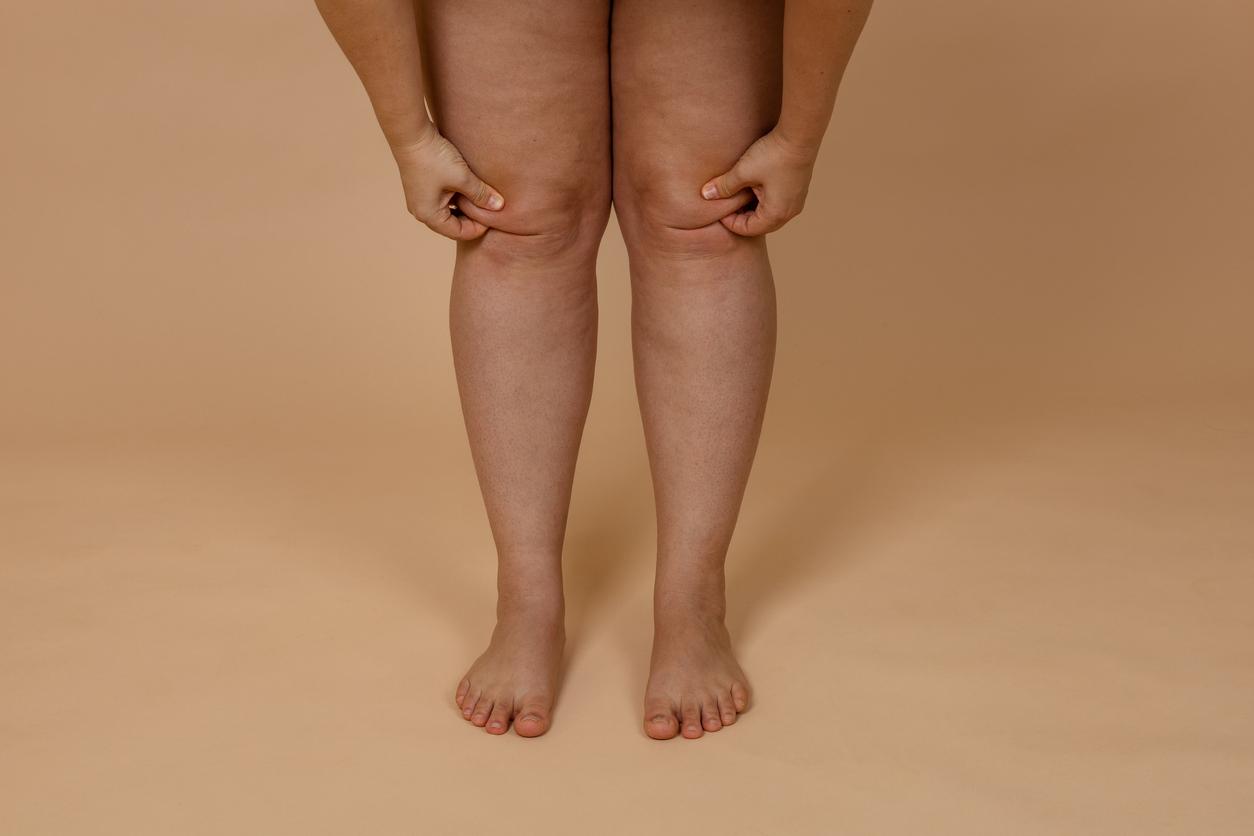According to a study unveiled at the scientific sessions of the American Heart Association, adults with legs with a high percentage of adipose tissue are less likely to suffer from high blood pressure.

- The study of 6,000 adults reveals that those with a high percentage of fatty tissue in the legs have a 53% lower risk of developing diastolic hypertension and a 39% lower risk for systolic hypertension.
Fashion is slim legs and without cellulite. However, having chubby legs would be a bulwark against high blood pressure. At least that’s the conclusion reached by a study presented at the American Heart Association’s 2020 Virtual Scientists on High Blood Pressure. According to its authors, adults with bigger legs — that is, having a higher percentage of total fatty tissue in their legs — are less likely to suffer from high blood pressure.
“It’s not just how much fat you have, but where the fat issays Aayush Visaria, medical student at Rutgers New Jersey Medical School in Newark (United States) and main author of the work. While we know for sure that fat around your waist is detrimental to your health, the same cannot be said for leg fat. If you have fat around your legs, more than likely it’s not a bad thing and even protects you from high blood pressure.”
A lower risk for diastolic and systolic hypertension
To reach this conclusion, the research team analyzed data from 6,000 adults participating in national health and nutrition surveys between 2011 and 2016. Objective: To compare the level of fatty tissue in the legs with the presence of three types of hypertension. The average age of the participants was 37, almost half were women and 24% suffered from high blood pressure.
First, the researchers measured the fatty tissue of the legs, and these measurements were compared to the entire fatty tissue of the body. Participants were categorized by whether they had a high or low percentage of fat in their legs, with high fat being defined as 34% or more for men, and 39% or more for women.
It turned out that participants with a high level of fatty tissue in the legs had a 61% lower risk of developing high blood pressure.
In detail, the risk was 53% lower for diastolic hypertension (the second digit of a blood pressure reading, measuring the pressure between heartbeats) and 39% lower for systolic hypertension (the first figure of a reading, measuring the pressure when the heart beats).
“If these findings are confirmed by larger, more robust studies, and in studies using readily available measurement methods like thigh circumference, there is potential to affect patient care.says Aayush Visaria. Just as waist circumference is used to estimate abdominal fat, thigh circumference can be a useful tool, although it is a bit cumbersome and less studied in the US population.”

.

















